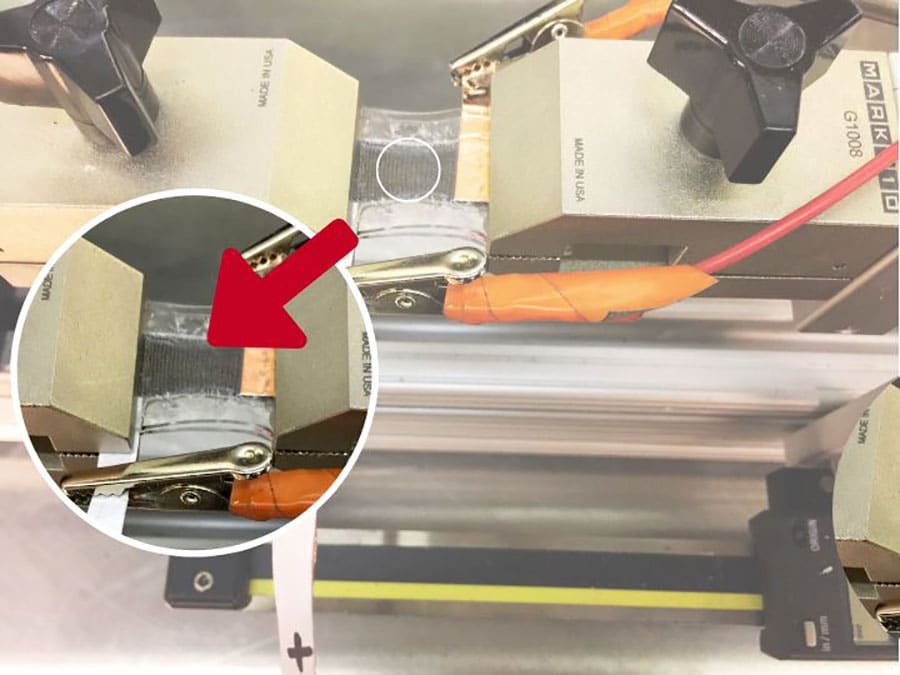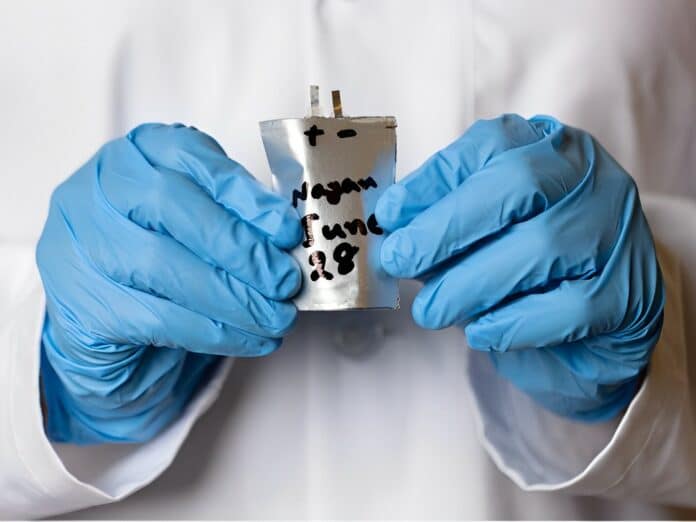It’s amazing to see how technology is advancing at such a rapid pace. Researchers already envision a ‘science-fiction-esque future’ where our clothes are smart, interactive, and powered.
Next-generation electronics are expected to be stretchable in many applications ranging from wearable devices to implantable biosensors. This has led to the development of fully stretchable batteries that can provide stable performance even when subjected to stretching, bending, and twisting.
However, despite the progress made in the development of flexible energy storage devices, numerous challenges still need to be addressed to fully realize the potential of stretchable lithium-ion batteries. Conventional batteries are generally rigid, limiting the items’ functionality, and they use a liquid electrolyte, which raises safety concerns.
Now, a team of researchers at the University of Houston has designed, developed, and delivered a successful prototype of a fully stretchable fabric-based lithium-ion battery. The key to the new breakthrough lies in the researchers using conductive silver fabric as a platform and current collector.
“The weaved silver fabric was ideal for this since it mechanically deforms or stretches and still provides electrical conduction pathways necessary for the battery electrode to function well. The battery electrode must allow movement of both electrons and ions,” said Haleh Ardebili, the corresponding author of a paper.

Solid polymer electrolyte stretchable fabric-based battery offers some major advantages over traditional liquid-based batteries. One of the biggest benefits of this type of battery is that it is much safer and more compatible with wearable technology. This is particularly important for the application of textile wearable devices designed to be worn close to the skin or other organs, as using liquid-based batteries can be risky in these situations.
In tests, researchers demonstrated that their fabric-based battery can stretch up to 15% strain without a significant increase in its internal impedance.
“Although we have created a prototype, we are still working on optimizing the battery design, materials, and fabrication,” said Ardebili.
Researchers envision that the prototype for a stretchable fabric-based battery will pave the way for many types of applications, such as smart space suits, consumer electronics embedded in garments that monitor people’s health, and devices that interact with humans at various levels. There are many possible designs and applications for safe, light, flexible, and stretchable batteries, but there is still some work to be done before they are available on the market.
“Commercial viability depends on many factors, such as scaling up the manufacturability of the product, cost, and other factors,” Ardebili said in a statement. “We are working toward those considerations and goals as we optimize and enhance our stretchable battery.”
Journal reference:
- Bahar Moradi Ghadi, Banafsheh Hekmatnia, Qiang Fu, Haleh Ardebili. Stretchable fabric-based lithium-ion battery. Extreme Mechanics Letters, 2023; DOI: 10.1016/j.eml.2023.102026
